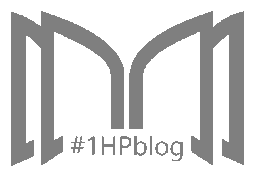Who’s Afraid of Virginia Woolf?
Posted on Feb 23, 2017
There’s more to essayist and novelist Virginia Woolf than her words. A prolific intellect of the interwar period, Woolf was also a pioneering feminist.

Virginia Woolf was an author who pioneered feminism in literature. An important social figure of London in the interwar period, she was also an essayist who fearlessly made her voice heard despite society’s limits.
Born Adeline Virginia Stephen in Kensington, London, Virginia was well-educated and part of a mixed household because of her parents’ previous marriages. Her father, Leslie Stephen, was well-connected with the upper echelon of London society. This meant that his children were raised with influences from Henry James and James Russell Lowell. There was also a large library in their house, where Virginia learned about English literature. Despite not going to Cambridge like her brothers, Virginia and her sisters benefited from their connections, often hosting influencers and intellectuals from the university.
Because of several incidents in her life, including the death of her mother, sister, and father, Virginia constantly battled with mental illness and was even institutionalized at some point. After Virginia suffered from a nervous breakdown upon learning of her father’s death, she, her sister Vanessa, and her brother Adrian sold their house in Kensington and moved to Bloomsbury. There, she became associated with a circle of writers and artists known as the Bloomsbury Group. In 1912, Virginia married Leonard Woolf, one of the members of the group. Together, they founded the Hogarth Press, which published some of Virginia’s novels, as well as those by T. S. Eliot, Laurens van der Post, and other writers.
Virginia’s first professional foray into writing was “Haworth, November 1904,” a journalistic account of her visit to the Brontë family home in Haworth. This was published in a women’s supplement to the Guardian in December 1904. Her first novel, The Voyage Out, was published in 1915. Most of her work was self-published, the most popular being Mrs. Dalloway (1925) and To the Lighthouse (1927).
The Voyage Out, originally titled Melymbrosia, is a novel that tells the story of Rachel Vinrace’s accidental journey toward self-discovery as she travels to South America on her father’s ship. The novel took a long time for Virginia to write and was created during the time when she was most psychologically vulnerable. Virginia used this novel to reflect on her journey from being in a repressive household to being part of the highly intellectual Bloomsbury Group.
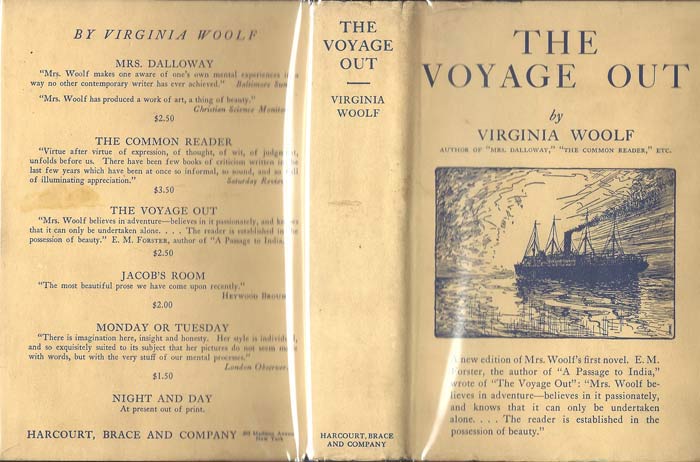
Mrs. Dalloway is about a society woman’s preparations for a party she is about to host. The novel goes back and forth in time and is told through different character perspectives, building an image of an interwar society.
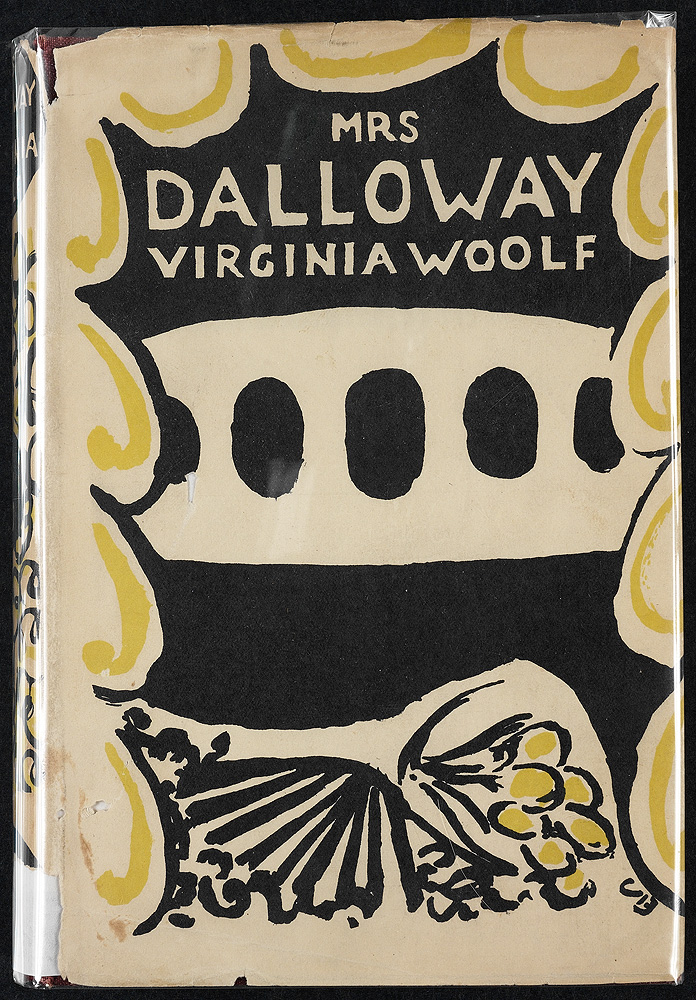
To the Lighthouse tells the story of the Ramsays’ visits to Scotland between 1910 and 1920. It is one of her most complex novels as it has very little dialogue and action. Told in three parts, the novel is composed mostly of thoughts and observations. It tackles various complexities of the human experience.
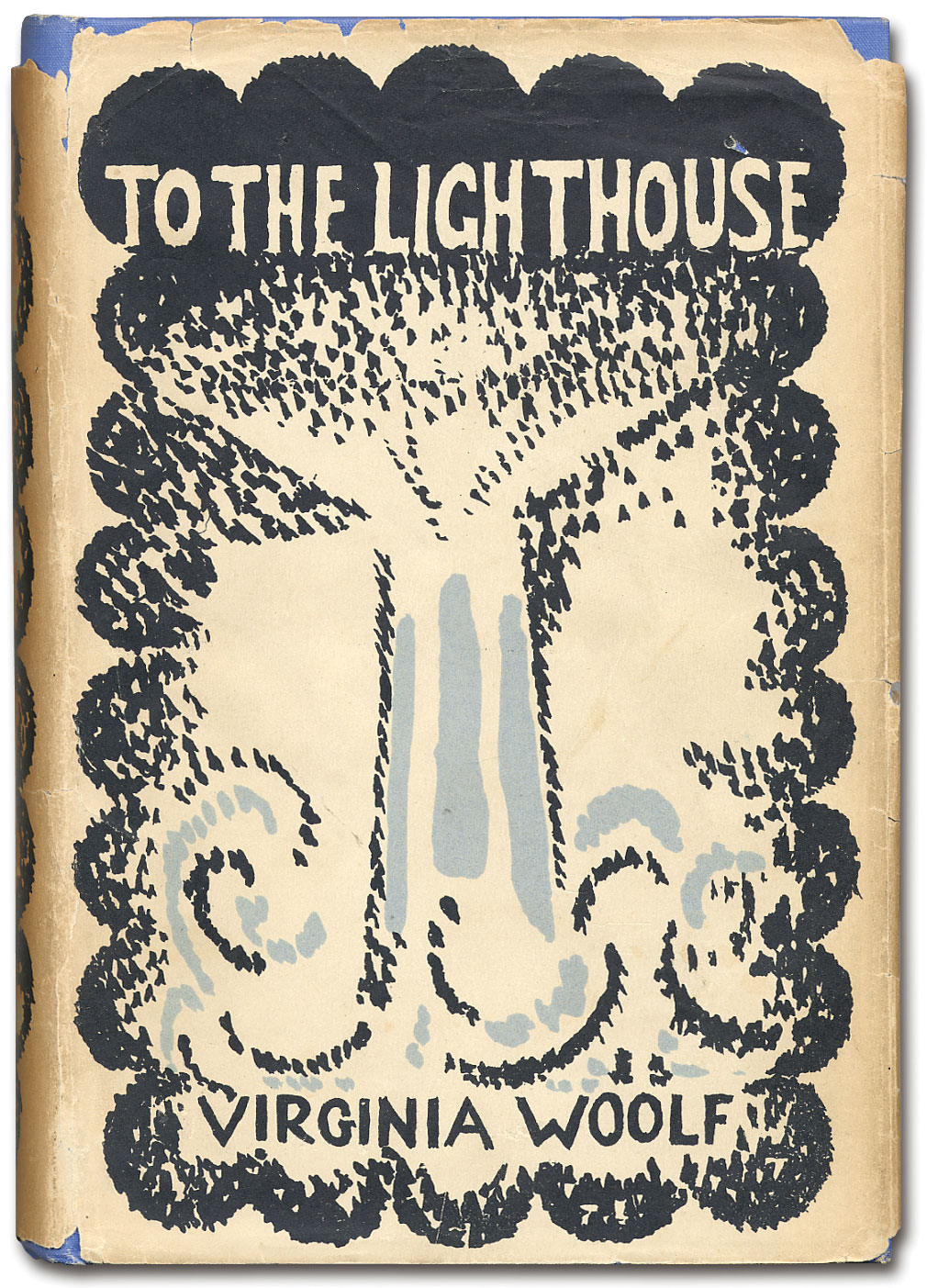
Her claim to fame lay in her innovations with the use of the English language. She often experimented with the psychological and emotional motives, as well as the stream of consciousness, of her characters. Her command of the language is also unlike any other. Her use of words and descriptions help readers create vivid portraits of her stories.
Another important work of Virginia is Three Guineas, a book-length essay that is a response to a letter from a gentleman who asked for help to prevent war. In the essay, she outlines the disparity between men and women, the latter being unable to enter professional careers. She ends the essay with a call to action, asking to have a women’s college built and to have an organization that would help women enter the professional world. Virginia was able to paint a good picture of what she hoped the world to be like: one where both men and women were given equal opportunities.
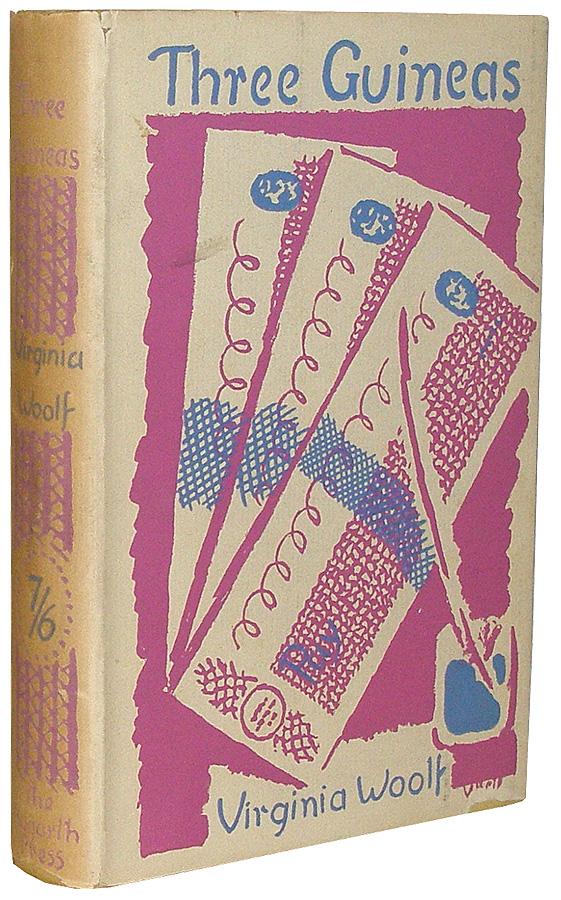
With her writing, Virginia established herself not only as a prolific writer but also as a pioneering feminist. However, her mental illness always haunted her, and the Second World War didn’t help either. With Leonard being Jewish, Virginia was constantly in fear that her husband was in danger. The two were contemplating committing suicide once Germany invaded England. In 1941, Virginia committed suicide alone by drowning into the River Ouse, her coat filled with rocks.
Her popularity declined after World War II, but she was rediscovered as an important feminist figure in the 1970s. To this day, she remains an inspiration to feminists, writers, and feminist writers.
Sources:
Disclaimer: Images are not ours. Credit to the owner.
About 1-Hour Proofreading
1-Hour Proofreading is a growing start-up offering fast and efficient editing services at a reasonable price with the assurance that the document is publication-ready the soonest you need it. Its team of highly competent professional editors is committed to helping those in need of quality editing services while facing tough deadlines.
Visit 1hourproofreading.com for more details.
Follow us:
Back to Grammary

